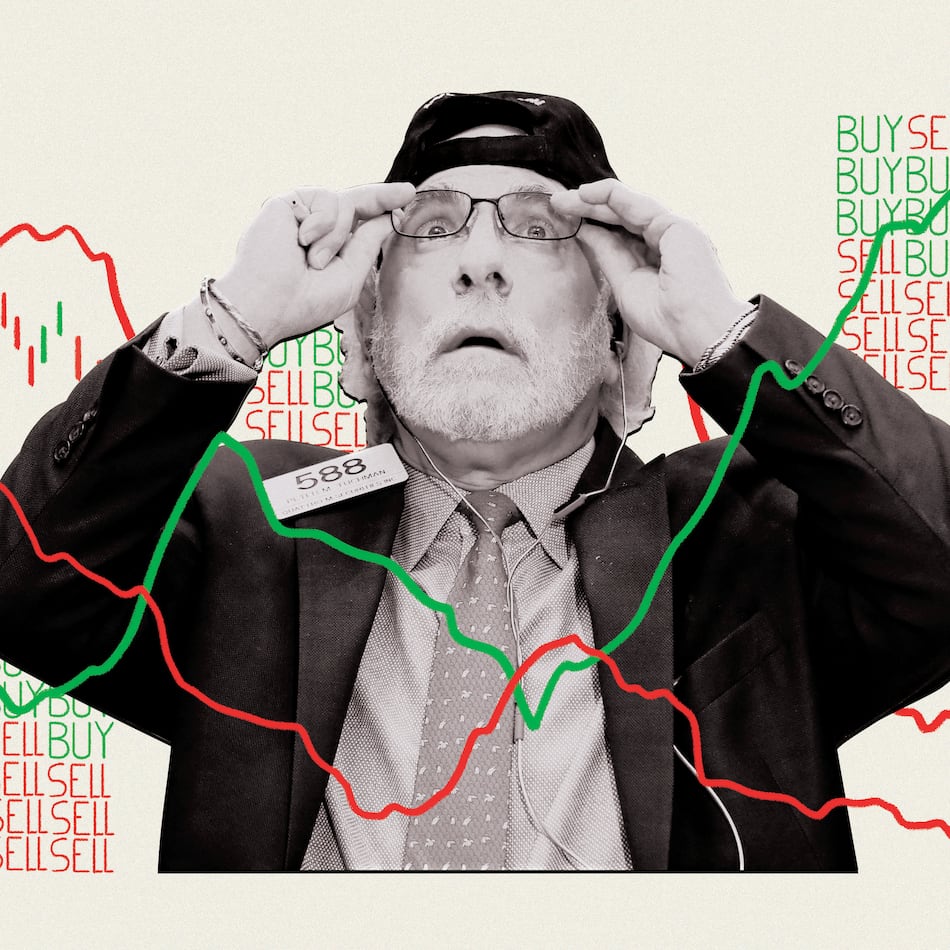Any drive through Atlanta shows the benefits of Coca-Cola philanthropy, from the Woodruff Arts Center to most of Emory University. Even the land that is now home to both the Centers for Disease Control and Hartsfield-Jackson International Airport were previously owned by Coke families way back in the day.
But those sweet Atlanta-defining profits have been directed in many ways. Murray Carpenter’s “Sweet and Deadly,” subtitled “How Coca-Cola Makes Us Sick ― and Makes Sure We Don’t Know It,” is the latest book explaining how Coke money (and that of other beverage companies) has also been used to bamboozle consumers about the serious health costs of consuming Coke, as well as other sugar-loaded drinks.
From 1961 to 2016, American men gained an average of 30 pounds, women 26 pounds; it’s forecast that 50% of the U.S. adult population will be obese by 2030. Diabetes rates have soared.
As obesity, diabetes and weight-related chronic illnesses have increased, doctors and nutritionists have pointed to the dramatic rise in the use of high-fructose corn syrup, which the body metabolizes differently than the natural sugars in fruits and other foods.
Since increased chronic diseases lead to increased public health costs, some lawmakers began proposing soda taxes (with the revenue going to help fight the obesity epidemic), warning labels on soda cans similar to those on cigarette packs and other proposals that were anathema to Coke.
Coke has been battling charges that it is unhealthy since 1909, when the precursor to the FDA seized a load of Coca-Cola syrup, claiming caffeine made it addictive and it was being marketed to children. The court case, with the memorable name of United States v. Forty Barrels & Twenty Kegs of Coca-Cola, went all the way to the Supreme Court.
Coke ended up settling, reducing the amount of caffeine, paying costs and admitting no wrongdoing. And this was after they had removed the alcohol and coca leaf extract that were in the original formula.
But the increasing calls for soda taxes and health labels increased greatly starting about 20 years ago, and so did the company’s response.
In 2010, Coke founded the Global Energy Balance Network (GEBN), one of several front groups, all of which had names that sparkled with credibility, the better to be trusted by the public and the media: The American Council on Science and Health, Sense About Science and the International Life Sciences Institute.
With names like that, you just have to trust them, right?
Coke, through these front groups, paid real scientists and academics to say that the problem wasn’t the corn syrup in Coke, it was lack of exercise. They argued that calories are calories (actually, calories can be different) and that if we would just burn as many calories as we consume, we would be fine.
The goal of these front groups was: “the sowing of doubt where there’s no reasonable doubt,” as former CDC director Dr. Tom Frieden put it.
It’s known in the industry as the “tobacco playbook,” for obvious reasons, but Carpenter also makes connections between what he calls Coke’s “sophisticated shadow network” and other denial campaigns, including Big Pharma (opioids) and fossil fuel companies (climate change).
Because there are so many players, groups and acronyms, Carpenter is hard pressed to come up with a narrative throughline for “Sweet and Deadly.” And although there are scientists doing heroic work in presenting real, untainted research to the public and media, there is no protagonist to follow.
Instead, “Sweet and Deadly” feels like a whack-a-mole game of court cases, health conferences, public hearings, sketchy researchers, Twitter wars, newspaper exposes and lots of acronyms: Same sugar, different day.
Carpenter, a journalist and author of “Caffeinated: How Our Daily Habit Helps, Hurts and Hooks Us,” writes that although there is plenty of complicity to go around, he focused on Coke rather than the entire beverage industry because Coke is the biggest and “the most aggressive at spreading health disinformation.”
Atlanta’s defining company also has the richest history of books poking around in its politics and machinations, such as Michael Blanding’s “The Coke Machine” and Marion Nestle’s “Soda Politics.”
Eventually all this sleight of hand was exposed. The New York Times reported in 2015 that the GEBN was just a front for the beverage lobby, not a real scientific body, and Coke publicly apologized and ate a little crow, washed down, of course, with a fizzy soft drink.
Their efforts appear to have been successful, however. It can be difficult to measure the success of PR campaigns, but it’s clear, Carpenter asserts, that the general public does not view Coke with any of the misgivings it has toward cigarettes or oxycodone. “The brand seems ever enshrouded in an aura of goodness and happiness,” he writes.
“More drinks, less sugar” is one of many messages on Coca-Cola’s website, saying they are “taking steps to offer more options with less added sugar.”
But also, more options with more added sugar. In 2024, Coke introduced Coke Spiced, a new drink aimed at Gen Z with two more grams of sugar per 12-ounce serving than classic Coke. Looks like we’re going to have to balance that with a lot more exercising.
NONFICTION
“Sweet and Deadly”
By Murray Carpenter
MIT Press
328 pages, $29.95
About the Author
Keep Reading
The Latest
Featured



